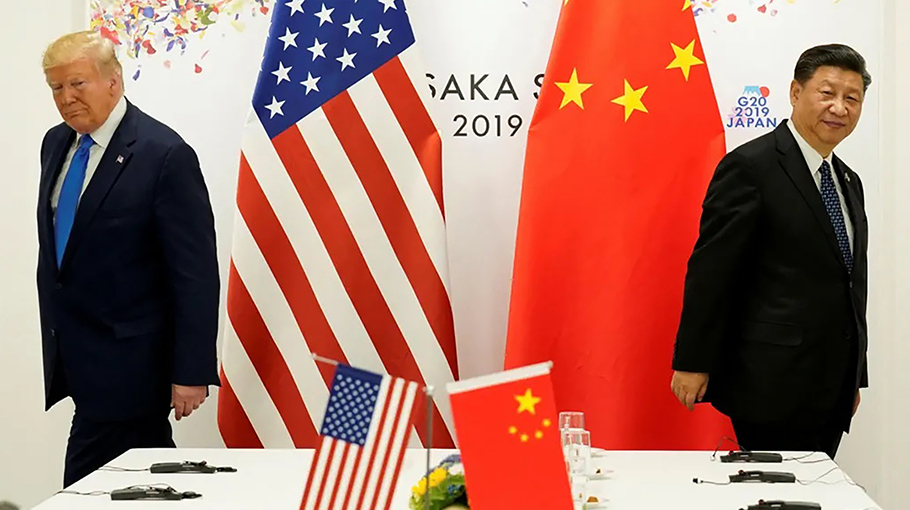China is trying to fix its economy
Trump could derail those plans

China has unveiled new measures aimed at boosting its flagging economy, as it braces for a second Donald Trump presidency.
The country plans to tackle tens of billions of dollars of local government debt to prevent it being a drag on growth.
Trump won the US election on a platform that promised steep import taxes, including tariffs as high as 60% on Chinese-made goods.
His victory is now likely to hinder Xi Jinping’s plans to transform the country into a technology powerhouse – and further strain relations between the world’s two biggest economies.
A property slump, rising government debt and unemployment, and low consumption have slowed down Chinese growth since the pandemic.
Advertisement So the stakes are higher than ever for the latest announcement from the Standing Committee of the National People’s Congress (NPC), the executive body of China's legislature.
During his first term in office Trump hit Chinese goods with tariffs of as much as 25%.
China analyst Bill Bishop says Trump should be taken at his word about his new tariff plans.
"I think we should believe that he means it when [he] talks about tariffs, that he sees China as having reneged on his trade deal, that he thinks China and Covid cost him the 2020 election".
The pressure from Washington did not ease after Trump left the White House in 2021. The Biden administration kept the measures in place and in some cases widened them.
While the first wave of Trump tariffs were painful for China, the country is now in a much more vulnerable position.
The economy has been struggling to return to pre-pandemic levels of growth since abruptly abandoning its tight Covid restrictions two years ago. Instead of delivering a widely expected fast-paced recovery, China became a regular source of disappointing economic news.
Even before Trump's election victory and after China began rolling out measures to support its economy in September, the International Monetary Fund (IMF) lowered its annual growth target for the country.
The IMF now expects the Chinese economy to expand by 4.8% in 2024, at the lower end of Beijing's "about 5%" target. Next year, it projects China's annual growth rate will drop further to 4.5%.
The latest plan involves using an additional 6 trillion yuan ($840bn) from now until 2026 to bail out local governments which have piled up unsustainable levels of debt.
For decades, local governments have helped drive growth throughout the country by borrowing massive sums of money - much of which paid for infrastructure projects. But a downturn in the property industry has left some cities unable to pay their bills.
But the country's leaders were not caught entirely off guard by the end to decades of super-fast growth.
Speaking in 2017, President Xi said his country planned to transition from "rapid growth to a stage of high-quality development."
The term has since been used repeatedly by Chinese officials to describe a shift to an economy driven by advanced manufacturing and green industries.
But some economists say China cannot simply export itself out of trouble.
China risks falling into the type of decades-long stagnation that Japan endured after a stock and property bubble burst in the 1990s, Morgan Stanley Asia's former chairman, Stephen Roach, says.
To avoid that fate, he says China should draw "on untapped consumer demand" and move away from "export and investment-led growth".
That would not only encourage more sustainable growth but also lower "trade tensions and [China's] vulnerability to external shocks," he says.
This more robust economic model could help China fend off the kind of threats posed by Trump's return to power.




